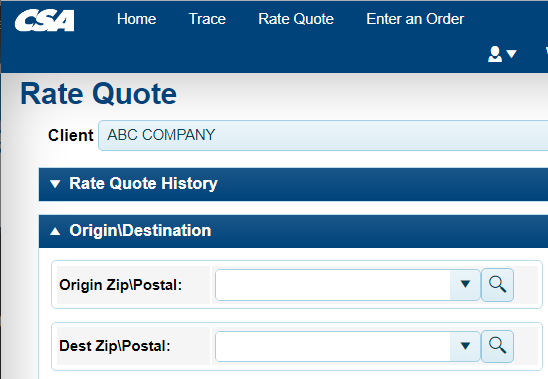Port Metro of Vancouver Receives Upgrades
Vancouver is upgrading their Port Metro with a $106-million investment in two new facilities that will let the Canadian Border Security Agency better inspect the increasing number of containers coming through the port. The buildings, which are expected to open in 2015, will serve the Deltaport and Burrard Inlet container terminals.
The construction is largely being financed by the existing port, with just over $3 million being supplied by Ottawa for construction on the facility. The funding needed to staff the building with Canada Border Services Agency members, as well as the funding for specialized scanning equipment, will be provided by the federal government.
The project is part of a joint Canada-US cargo security strategy aimed at reducing processing times and easing the transfer of goods shipping from Canada to the US. Said International Trade Minister Ed Fast, "The United States does have a very serious concern about the security and entry into their country of containers and products that could represent a security risk and we share those concerns… We want to remove barriers at the border and move our security to the perimeter of our two countries and this is another step in that direction."
Last year, over $170 billion in cargo arrived in Vancouver, and the vast majority of that cargo was from Asia. Though the majority of containers passed through the ports without physical inspection, when manual checks are required, the process is quite disruptive. As experts expect to see a doubling of trade in the port over the next 10 years, the new facilities will be equipped with imaging devices to view what's inside of each container, as well as bays for manual unpacking of any containers that need to be physically inspected.
However, beyond speeding and simplifying inspections, the new terminals are expected to have other positive benefits as well. The Deltaport inspection facility is being built on Tsawwassen First Nations land, and will likely have a number of construction, operations and logistic services employment opportunities for Tsawwassen individuals. Additionally, the facility will lessen the need to have containers transported around the Lower Mainland, reducing traffic and energy consumption.





